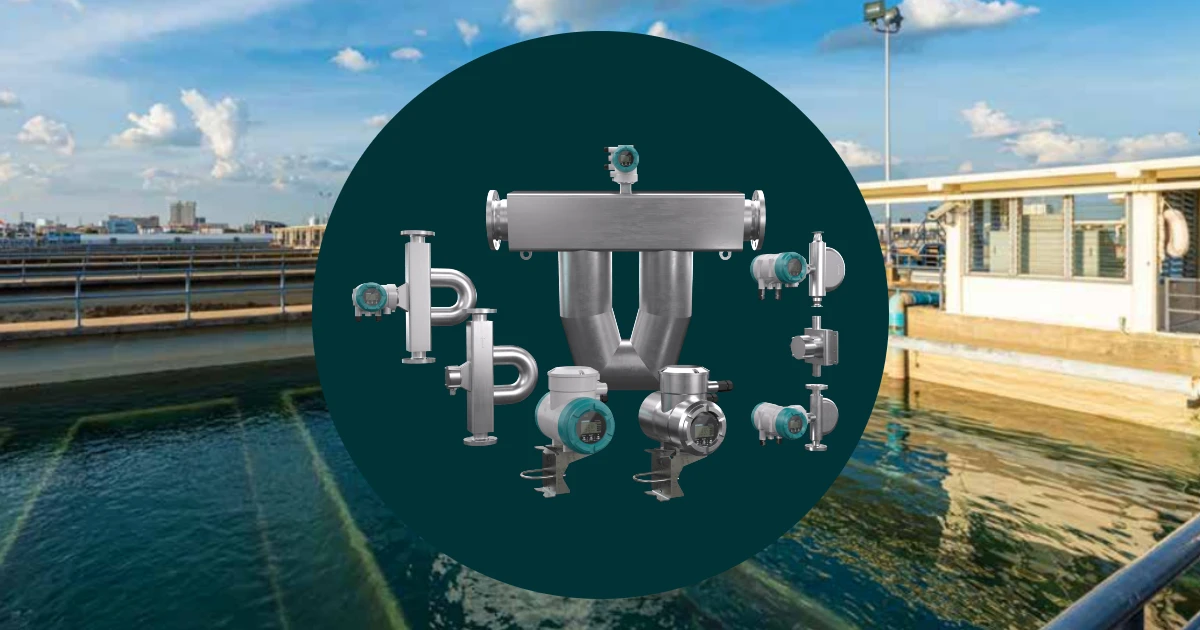The battle against per- and polyfluoroalkyl substances (PFAS) in our water supply has intensified the need for precision in water treatment processes. As these “forever chemicals” pose increasing threats to public health, water treatment facilities are turning to advanced chemical dosing technologies to ensure effective removal and safer drinking water for communities worldwide.
The Critical Role of Chemical Dosing in PFAS Removal
Water treatment has evolved far beyond simple filtration and chlorination. Today’s facilities must address complex contaminants including PFAS, heavy metals, and emerging pollutants that require sophisticated treatment approaches. The journey from contaminated source water to safe drinking water now demands multiple precisely controlled chemical additions, each serving a specific purpose in the purification process.
According to industry experts at Water Online, the accuracy of chemical dosing has become paramount as treatment facilities grapple with increasingly complex contamination profiles. The stakes are particularly high when dealing with PFAS compounds, which require specialized treatment protocols and exact chemical ratios to achieve effective removal.
Advanced Flocculant Systems for PFAS Treatment
Modern PFAS removal begins with enhanced coagulation and flocculation processes. Traditional flocculants like Aluminum Sulfate (Alum) and Ferric Chloride are being supplemented with specialized polymers designed specifically for PFAS capture. These advanced polymers, such as modified polyacrylamides, create larger, more stable flocs that can effectively trap PFAS molecules.
The precision required for PFAS-specific flocculant dosing cannot be overstated. Under-dosing results in poor PFAS capture efficiency, allowing these persistent chemicals to pass through downstream processes. Over-dosing leads to chemical waste and can interfere with subsequent treatment steps, particularly those involving plasma oxidation or nano-filtration technologies.
Revolutionary Mass Flow Technology for Precision Control
Coriolis Mass Flow Meters: The Game Changer
The integration of Coriolis mass flow meters represents a significant advancement in chemical dosing accuracy. Unlike traditional volumetric measurement systems, these devices measure the actual mass of chemicals being added, providing unparalleled precision at the low flow rates typical of specialty PFAS treatment chemicals.
This technology addresses critical challenges in PFAS treatment facilities, where chemical costs are significantly higher than conventional treatment additives. The 0.1% accuracy rate of Coriolis sensors ensures optimal chemical utilization while maintaining treatment effectiveness—a crucial balance when dealing with expensive PFAS-specific treatment chemicals.
Real-Time Density Monitoring for Treatment Optimization
Advanced Coriolis systems provide real-time density measurements, enabling treatment operators to verify chemical concentrations and detect issues such as line aeration or chemical degradation. This capability is particularly valuable when working with sensitive PFAS treatment chemicals that may be affected by storage conditions or mixing processes.
Oxidation and Disinfection in PFAS Treatment Systems
Enhanced Chlorination for Multi-Barrier Protection
While chlorination doesn’t directly destroy PFAS compounds, it remains crucial for pathogen control in treatment systems that incorporate PFAS removal technologies. Advanced dosing systems ensure precise sodium hypochlorite addition, preventing the vapor lock issues that can compromise disinfection effectiveness.
The Water Online analysis highlights how outgassing of chlorine compounds can lead to measurement errors and under-dosing—problems that are magnified in PFAS treatment facilities where multiple chemical addition points require coordination.
Plasma Oxidation Integration
Emerging plasma oxidation technologies for PFAS destruction require precise chemical conditioning of water streams. The integration of advanced mass flow control ensures optimal pH adjustment and chemical preparation for plasma treatment processes, maximizing PFAS destruction efficiency while minimizing energy consumption.
The Economics of Precision in PFAS Treatment
Cost Control Through Accurate Dosing
PFAS treatment chemicals command premium pricing compared to conventional water treatment additives. Precision dosing systems can reduce chemical costs by 15-25% while maintaining or improving treatment effectiveness. This economic benefit becomes increasingly important as PFAS regulations tighten and treatment requirements become more stringent.
Long-Term System Reliability
Over-dosing of treatment chemicals can lead to scaling, corrosion, and premature equipment failure—particularly problematic in facilities incorporating sensitive nano-filtration membranes or plasma reactors. Precision dosing extends equipment life and reduces maintenance costs, providing long-term economic benefits beyond immediate chemical savings.
Future-Proofing Water Treatment Infrastructure
Adaptability for Emerging Contaminants
As regulatory standards evolve and new contaminants are identified, treatment facilities need adaptable chemical dosing systems. Advanced mass flow technology provides the precision and flexibility required to implement new treatment protocols without major infrastructure changes.
Integration with Smart Water Systems
Modern chemical dosing systems integrate seamlessly with IoT-enabled treatment facilities, providing real-time data for optimization algorithms and predictive maintenance systems. This integration is essential as water utilities move toward fully automated PFAS treatment processes.
The evolution of water treatment toward precision chemical dosing represents more than just technological advancement—it’s a necessary response to the complex contamination challenges facing our water supplies. As highlighted in the comprehensive Water Online report, facilities that embrace these advanced technologies are better positioned to meet current PFAS regulations while adapting to future treatment requirements.
The integration of Coriolis mass flow technology, combined with specialized PFAS treatment chemicals and emerging oxidation technologies, provides the foundation for next-generation water treatment facilities. These systems don’t just remove contaminants—they do so with the precision and efficiency required to protect public health while maintaining economic sustainability in an increasingly challenging regulatory environment.
